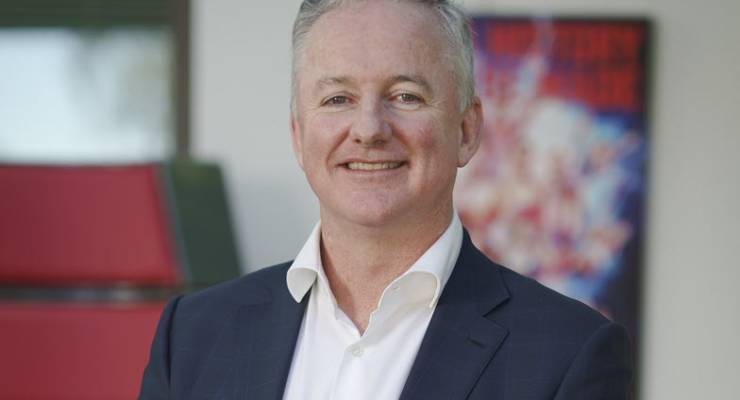
If salaries and incentives paid to our CEOs are any guide, the $5 million paid to Nine Entertainment CEO Hugh Marks was over the odds for running the company in 2017-18. It turned out to be a year where the misfortunes of the opposition made it easier than it should have been.
Yes, earnings bounced higher, helped by no impairments, in the year to June. Nine shares rose by a very tasty 83%, which looked great against the more sedate 17% rise in the share price of Seven West Media, one of the main comparator companies for Nine’s remuneration scheme. Marks can argue that he kept Nine out of the trouble that befell rivals, and that under him Nine managed to grab a bigger share of ad revenues than before.
The $5 million Marks was paid in 2017-18, was up sharply from the $2.7 million for 2016-17. There are also some extra share rights that he has yet to earn from previous years. This will grant him a further $1.4 million, or 584,795 performance rights at $2.39 a share, compared to the current share price of around $2.24 — if shareholders approve at the AGM on November 14.
How hard is it to run Nine anyway?
Unlike the US, there are no CEO pay ratio requirements in Australia so we can’t make a handy comparison of CEO effectiveness compared with the average salaries of employees.
But just looking at revenues, CEO pay and the complexity of the job, we can ask if Marks has a tougher gig than, say, Steve Cain ($4.5 million) who is about to take over at Coles? Or Brad Banducci ($3.8 million), who is the CEO of Woolworths?
In fact, compared with Coles and Woolies, Nine Entertainment would be a bit of a doddle to run. Ten went broke, Seven West Media was enfeebled by debt pressures, pay TV giant Foxtel retreated in a cost-cutting spree as it prepared to merge with Fox Sports.
Streaming video remains an irritant, but with Fairfax, Nine has built Stan into the largest local video streamer and the only local competitor for Netflix. Now Fairfax is set to be swallowed up, and Nine gets 100% of Stan and its growth. Both Nine and its CEO are well placed for a rewarding couple of years.
Adding up the pay packet
Marks was paid $1.38 million as a base salary for both 2016-17 and 2017-18. He got a cash bonus of $1.26 million for this year to June, against a payment of $895,226 for the previous year. That gave him a base pay and cash bonus totalling $2.64 million against $2.27 million the year before (as listed on page 45 of the Nine annual report). Marks also received a deferred short term incentive payment of $634,667 compared to $447,613 in 2016-7.
The big booster was a $1.7 million long term incentive payment. The new performance rights, to be approved by shareholders, won’t vest until 2021, which means Marks will have to wring all the benefits from the Fairfax merger. That isn’t good news for all those Fairfax assets and employees starting to look like cost savings. Marks, however, made it clear in the annual report that the deal wasn’t predicated on cost savings.
How will Marks manage Fairfax?
“Whilst we have cited an initial estimate of at least $50 million of cost synergies, this was not a merger that was instigated or even justified by cost out. The really exciting parts for us, and for Fairfax, are the growth opportunities that will emerge or be accelerated by virtue of the combination,” Marks said in Nine’s annual report.
But cutting surplus offices, insurances and other costs can only get you some of that $50 million in cost savings. To get a figure that high will mean “costing out”, which these days includes redundancies or early retirements for older staff or those on part time or casual employment.
Incidentally, Nine chairman Peter Costello took a small pay drop in 2017-18 to $320,000 from $391,000 the previous year.








Crikey is committed to hosting lively discussions. Help us keep the conversation useful, interesting and welcoming. We aim to publish comments quickly in the interest of promoting robust conversation, but we’re a small team and we deploy filters to protect against legal risk. Occasionally your comment may be held up while we review, but we’re working as fast as we can to keep the conversation rolling.
The Crikey comment section is members-only content. Please subscribe to leave a comment.
The Crikey comment section is members-only content. Please login to leave a comment.